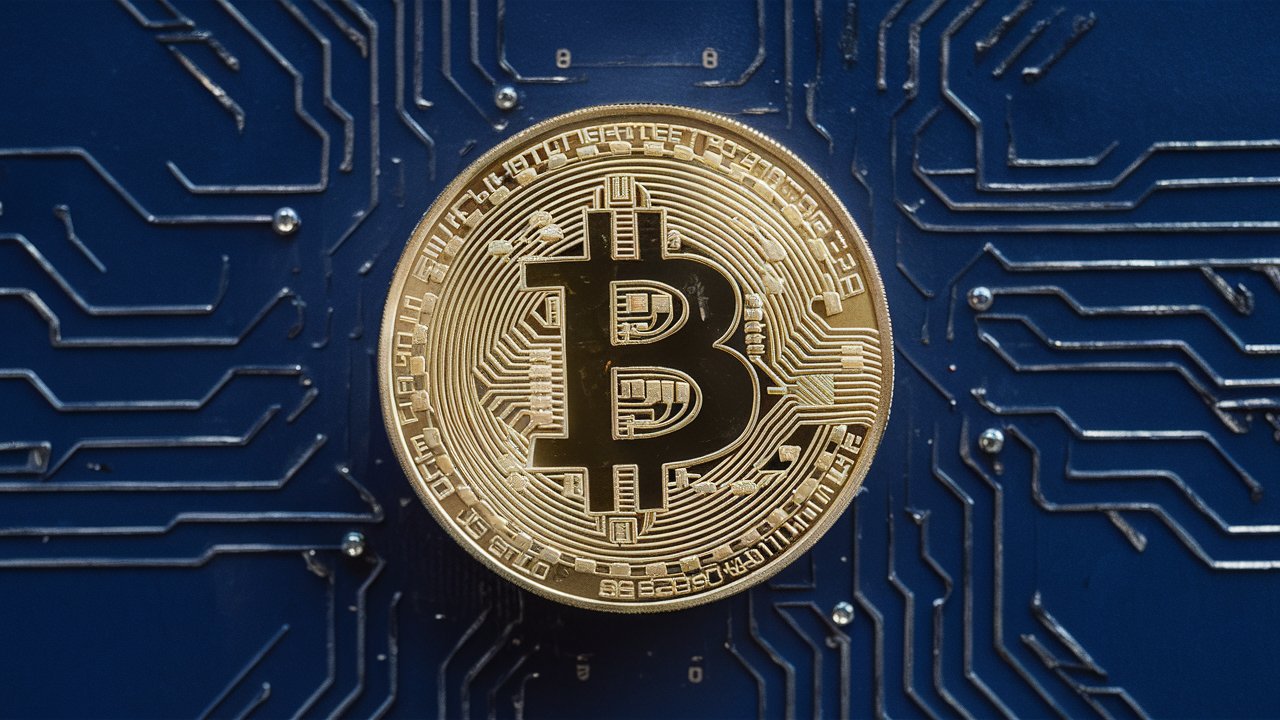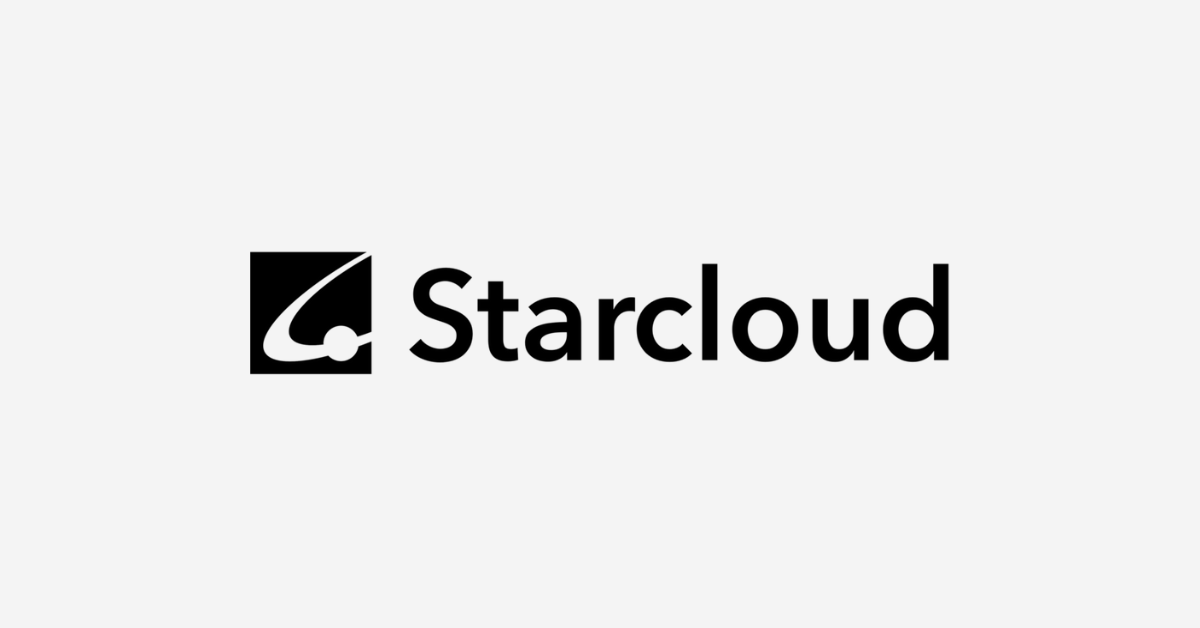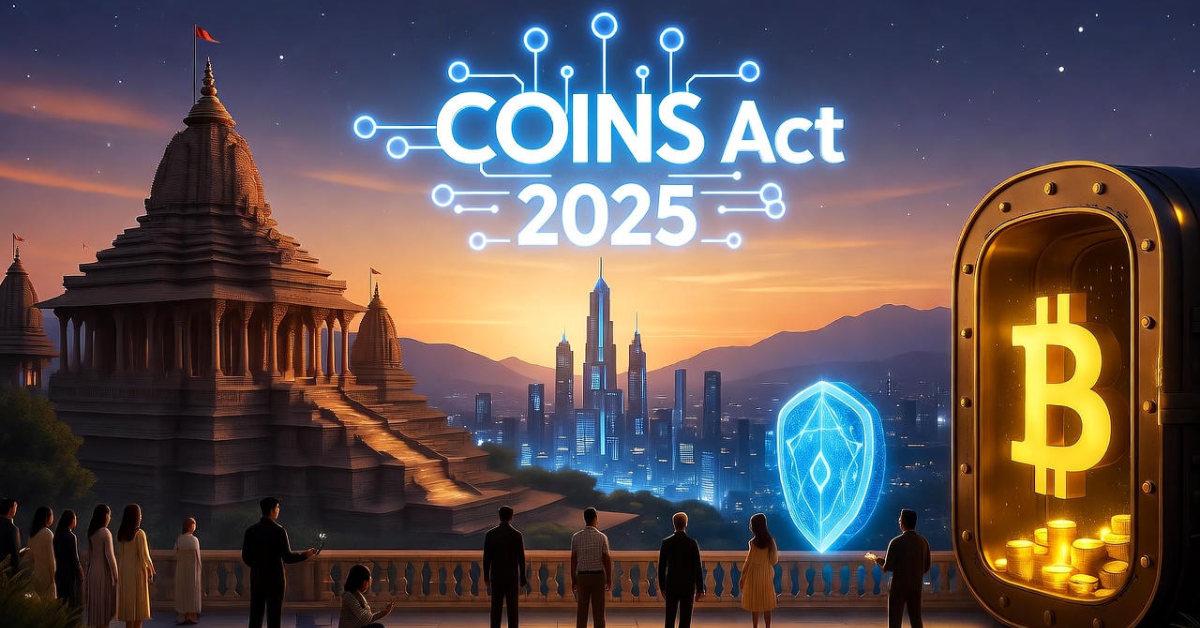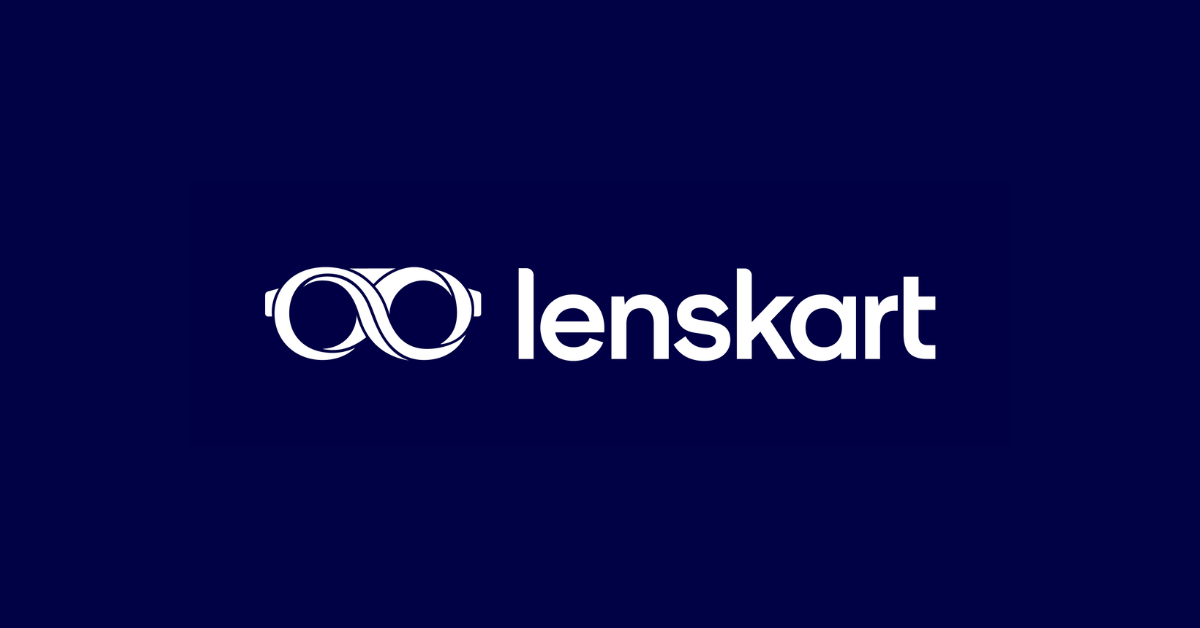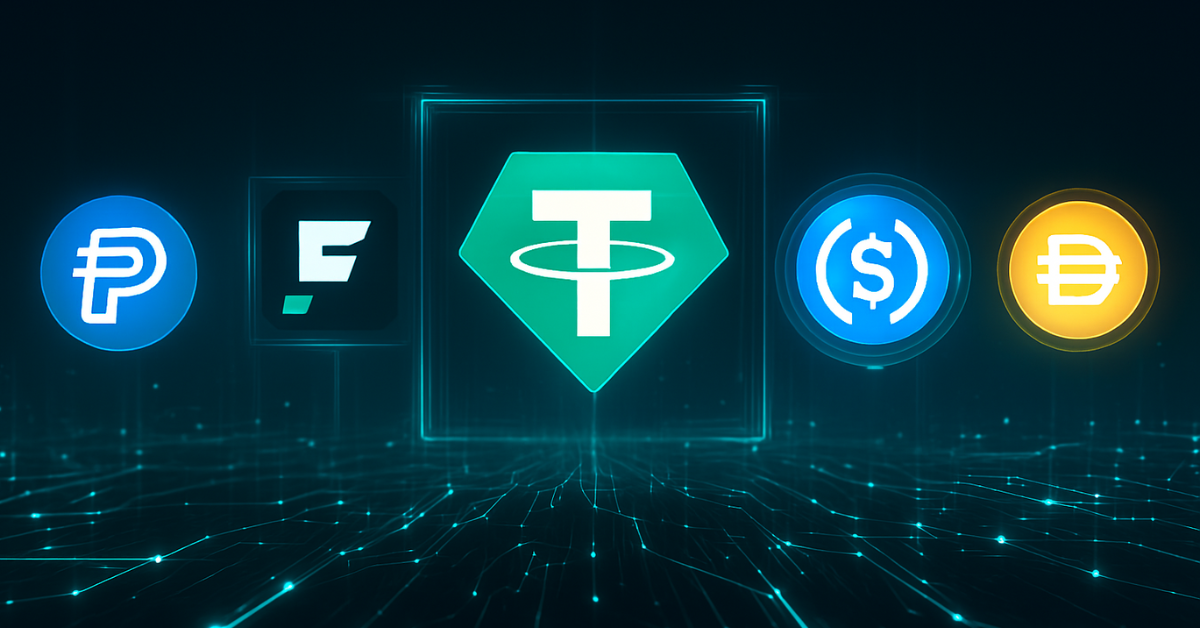- Home
- /
- Courses
- /
- Fundamentals of Web3.0
- /
- E. Decentralized Finance (DeFi)
Introduction
Decentralized Finance, or DeFi, is a revolutionary force within Web3.0, reimagining financial systems by leveraging blockchain technology to create open, permissionless, and trustless alternatives to traditional banking. Unlike conventional finance, which relies on intermediaries like banks and brokers, DeFi uses smart contracts to automate services such as lending, borrowing, trading, and investing, all while ensuring transparency and user control. From swapping tokens on Uniswap to earning yield on Aave, DeFi empowers individuals to manage their finances without centralized gatekeepers. This chapter explores the principles, mechanics, and transformative potential of DeFi, delving into its core components, real-world applications, and inherent risks. By the end, you’ll understand how DeFi is reshaping the financial landscape and how you can navigate its opportunities and challenges.
Imagine a world where anyone, anywhere, can access financial services without a bank account, credit score, or middleman. DeFi makes this possible by running on public blockchains like Ethereum, where smart contracts enforce rules and execute transactions transparently. Whether it’s a farmer in a developing nation borrowing against cryptocurrency collateral or a developer earning passive income through staking, DeFi democratizes finance in unprecedented ways. In this chapter, we’ll unpack the building blocks of DeFi, analyze key protocols, and explore the risks that accompany its rapid growth, equipping you with the knowledge to engage with this dynamic ecosystem.
What is DeFi?
Decentralized Finance (DeFi) refers to a set of financial applications and protocols built on blockchain networks, primarily Ethereum, that replicate and innovate upon traditional financial services without centralized intermediaries. DeFi leverages smart contracts to automate processes, ensuring transactions are transparent, verifiable, and accessible to anyone with an internet connection and a cryptocurrency wallet. Unlike centralized finance (CeFi), where banks or platforms like PayPal control funds, DeFi is permissionless—users interact directly with protocols, retaining custody of their assets.
For example, in traditional finance, borrowing a loan requires a bank’s approval, paperwork, and fees. In DeFi, a platform like Compound allows users to deposit cryptocurrency as collateral and borrow instantly, with terms enforced by a smart contract. This eliminates intermediaries, reduces costs, and opens access to underserved populations. DeFi’s core promise is financial inclusion, transparency, and user sovereignty, aligning with Web3.0’s decentralized ethos.
Core Components of DeFi
DeFi protocols are built on several key components that enable their functionality. Understanding these is essential to grasping how DeFi operates.
Stablecoins
Stablecoins are cryptocurrencies pegged to stable assets, like the US dollar, to minimize volatility. They are critical for DeFi, as they provide a reliable medium for transactions and lending. Popular stablecoins include:
- DAI: A decentralized stablecoin created by MakerDAO, backed by cryptocurrency collateral and maintained at $1 through smart contracts.
- USDC: A centralized stablecoin issued by Circle, backed 1:1 by USD reserves. For example, a user might deposit DAI into a DeFi protocol like Aave to earn interest, knowing its value remains stable.
Liquidity Pools
Liquidity pools are pools of tokens locked in smart contracts, providing the liquidity needed for decentralized trading or lending. Users, known as liquidity providers (LPs), deposit assets into these pools and earn fees. For instance, Uniswap’s pools allow users to swap tokens (e.g., ETH for DAI) without an order book, with prices determined algorithmically. LPs deposit equal values of two tokens (e.g., ETH and DAI) and earn a share of trading fees, typically 0.3% per trade.
Automated Market Makers (AMMs)
AMMs are algorithms that facilitate trading in DeFi by using liquidity pools instead of traditional buyers and sellers. Uniswap’s constant product formula (x * y = k) ensures prices adjust based on supply and demand within a pool. For example, if a user buys ETH from a Uniswap ETH/DAI pool, the pool’s ETH supply decreases, increasing ETH’s price relative to DAI. AMMs enable 24/7 trading without intermediaries, a hallmark of DeFi’s efficiency.
Lending and Borrowing Protocols
DeFi platforms like Compound and Aave allow users to lend assets to earn interest or borrow against collateral. Smart contracts set interest rates dynamically based on supply and demand. For instance, a user might deposit ETH into Aave, earning 3% annual interest, while another borrows USDC against ETH collateral, paying 5%. These protocols eliminate credit checks, making lending accessible globally.
Popular DeFi Platforms
DeFi’s ecosystem is vibrant, with protocols serving diverse financial needs. Here are some leading examples:
- Uniswap: A decentralized exchange (DEX) using AMMs and liquidity pools. Users swap tokens trustlessly, and LPs earn fees by providing liquidity. Uniswap handles billions in monthly trading volume, showcasing DeFi’s scale.
- Compound: A lending protocol where users deposit assets to earn interest or borrow against collateral. Interest rates adjust dynamically, ensuring market efficiency.
- MakerDAO: A protocol for creating DAI, a decentralized stablecoin. Users lock ETH or other assets in vaults to mint DAI, which is used across DeFi for trading and lending.
- Aave: A lending and borrowing platform with innovative features like flash loans—uncollateralized loans repaid within a single transaction. Aave’s flexibility makes it a DeFi powerhouse.
These platforms demonstrate DeFi’s ability to replicate and enhance traditional financial services, from trading to stable value storage.
Yield Farming and Staking
DeFi offers unique earning opportunities through yield farming and staking, attracting users seeking passive income.
- Yield Farming: Users provide liquidity to DeFi protocols and earn rewards, often in the form of governance tokens. For example, depositing ETH/USDC into a Uniswap pool earns trading fees and UNI tokens. Yield farming can yield high returns (e.g., 10–100% APY), but risks like impermanent loss (described below) apply.
- Staking: Users lock cryptocurrency in a Proof of Stake (PoS) blockchain to secure the network and earn rewards. In Ethereum’s PoS, validators stake 32 ETH to process transactions, earning 4–7% annual returns. DeFi protocols like Lido allow users to stake smaller amounts via pooled staking.
These mechanisms incentivize participation, driving DeFi’s growth but requiring careful risk assessment.
Risks and Challenges in DeFi
While DeFi offers immense opportunities, it comes with significant risks that users must navigate:
- Smart Contract Vulnerabilities: Bugs in smart contracts can lead to hacks. The 2020 Yam Finance exploit, where a coding error drained $750,000, highlights this risk.
- Impermanent Loss: LPs in AMM pools face losses if token prices diverge significantly, reducing the value of their deposited assets compared to holding them.
- Market Volatility: Cryptocurrency prices can fluctuate wildly, affecting collateralized loans. For example, a sharp ETH price drop could trigger liquidation in Aave.
- Regulatory Uncertainty: Governments are scrutinizing DeFi, with potential regulations impacting its permissionless nature. For instance, U.S. proposals in 2025 aim to regulate stablecoins.
- Rug Pulls: Malicious developers may abandon projects after raising funds, leaving investors with worthless tokens.
To mitigate risks, users should:
- Choose audited protocols (e.g., those reviewed by OpenZeppelin).
- Diversify investments to reduce exposure.
- Stay informed about regulatory developments.
Real-World Impact: DeFi in Action
DeFi’s potential is evident in its real-world applications. Consider a small business owner in a developing country without access to traditional banking. Using MakerDAO, they lock ETH in a vault to mint DAI, which they use to purchase inventory. They repay the loan over time, paying minimal fees compared to bank loans. Similarly, a retail investor might deposit USDC in Compound to earn 5% interest, far exceeding traditional savings accounts.
DeFi also fosters financial inclusion. In regions with unstable currencies, stablecoins like DAI provide a reliable store of value. Platforms like Uniswap enable global trading without geographic restrictions. By July 2025, DeFi’s total value locked (TVL) exceeded $150 billion, reflecting its growing adoption.
Future of DeFi
DeFi is evolving rapidly, with innovations addressing its challenges:
- Layer 2 Integration: Protocols like Optimism and Arbitrum reduce gas fees, making DeFi more accessible. For example, Uniswap V3 on Optimism offers near-zero transaction costs.
- Cross-Chain DeFi: Bridges like Wormhole enable DeFi protocols to operate across blockchains like Ethereum and Solana, enhancing interoperability.
- Institutional Adoption: Traditional finance is exploring DeFi, with firms like JPMorgan testing blockchain-based lending.
- Improved UX: Wallets like Argent simplify DeFi interactions with gasless transactions and social recovery.
These trends suggest DeFi will continue disrupting finance, bridging the gap between Web3.0 and mainstream adoption.
Recommended Readings
To deepen your understanding of DeFi, explore these authoritative resources:
- “The DeFi Handbook” by Two Prime: A practical guide to DeFi protocols, use cases, and strategies for participation.
- “Mastering Ethereum” by Andreas M. Antonopoulos and Gavin Wood: Includes a section on DeFi, detailing its technical foundations on Ethereum.
- “DeFi and the Future of Finance” by Campbell R. Harvey, Ashwin Ramachandran, and Joey Santoro: An academic yet accessible exploration of DeFi’s potential and challenges.
- MakerDAO Documentation (docs.makerdao.com): A comprehensive resource on the DAI stablecoin and its role in DeFi.
- DeFi Pulse (defipulse.com): A website tracking DeFi metrics and protocols, with insightful articles on trends.
Conclusion
Decentralized Finance is a cornerstone of Web3.0, offering a transparent, permissionless alternative to traditional financial systems. Through stablecoins, liquidity pools, AMMs, and lending protocols, DeFi empowers users to trade, lend, and earn without intermediaries. Platforms like Uniswap, Compound, and MakerDAO illustrate their transformative impact, while yield farming and staking unlock new earning opportunities. However, risks like smart contract vulnerabilities and regulatory uncertainty require caution. As DeFi evolves with Layer 2 solutions and cross-chain interoperability, it’s poised to redefine finance globally. This chapter has provided a foundation for understanding DeFi’s mechanics and potential, preparing you to explore its applications and navigate its ecosystem in the decentralized future.

